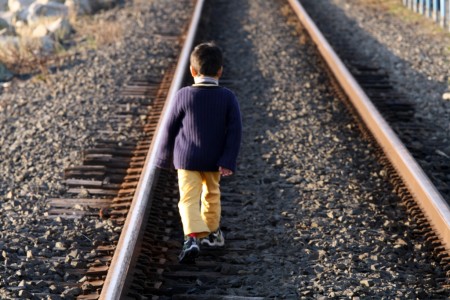Haiti’s terrible earthquake has given the international community an opportunity to demonstrate where it is capable of effective response. International organizations, national militaries, the media, and non-governmental organizations are all familiar with the business of short-term post-crisis response. The issues at stake are immediate, acute, and highly visible. The cost of making a commitment is fairly clear from the outset: whether you are evacuating people, digging through rubble, providing emergency shelter, or what have you. The response is also essentially apolitical: there is no blame to be assigned after such a natural disaster, and there are no clear partisan divisions in terms of what our response ought to be. Certainly, the international assistance is laudable and valuable. Predictions that a second wave of death would follow the Asian tsunami (on account of hunger, disease, etc) were partly defied as a consequence of energetic international aid efforts.
Of course, while a crisis illustrates what the international community is reasonably good at, it indirectly highlights areas in which responses are far more hesitant and ineffective. While the movement of tectonic plates is not a political phenomenon, the question of why Port-au-Prince was so vulnerable has political implications. The 1995 earthquake in Kobe, Japan was similarly powerful, but killed fewer people: about 6,500 compared with 40,000 plus in Haiti. Surely, construction standards and overall levels of societal wealth are part of the explanation for that. Comparisons can also be drawn to disasters that lack the features that make this one so politically simple: those that exist for an extended period, require uncertain and potentially large commitments of resources and political capital, and which lack the ability to create an immediate emotional response in the voting and tax-paying public.
While Haiti will provide incremental experience in acute crisis management, it is worth asking whether it can show the international community anything about longer-term risk management. In an increasingly interdependent world, the capabilities of the international community arguably need to expand beyond just sweeping up the broken glass, though doing so calls into question issues like sovereignty and the ‘responsibility to protect’ doctrine that seems to have become an unexpected casualty of the second Iraq war. Certainly, the U.N. cannot create seismic standards and hope they will be enforced in poor countries; at best, the U.N. and other such international organizations might be able to get a better handle on transboundary issues, which can only become more acute as the world is ever more densely populated, and the total material withdrawals and waste deposits from humanity into the biosphere continue to grow.





